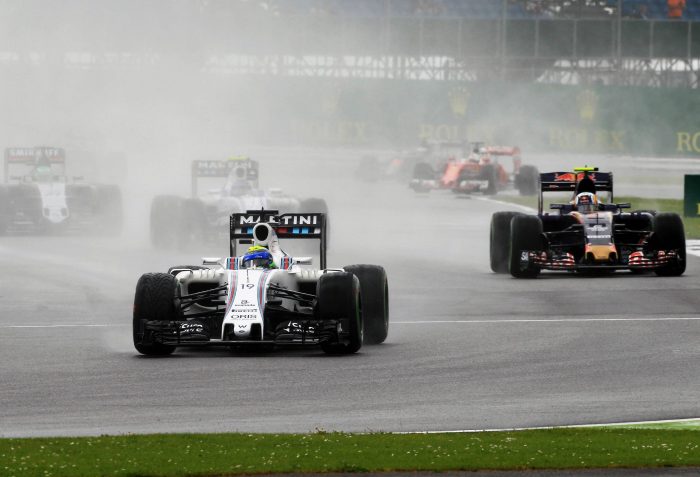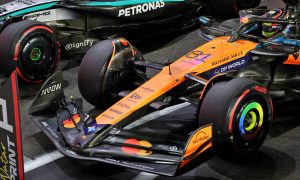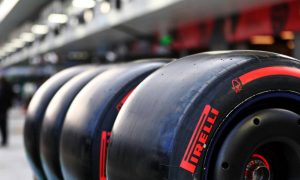
Wet-weather racing in Formula 1 has not only lost much of its excitement, it also appears to be ill-advised altogether.
A reminder was offered at this year's British Grand Prix when race director Charlie Whiting first ordered a Safety Car start and then waited six full laps before getting a proper motor race got underway.
Many drivers, not the least leader Lewis Hamilton, urged for the race to begin for several laps while others changed to intermediates as soon as it was!
Williams driver Felipe Massa points the finger at Pirelli as the cause for the excess caution displayed during rain-hit races.
"The problem we have is the aquaplaning on these tyres," Massa says.
But Pirelli chief Mario Isola begs to disagree with the Brazilian drivers' claims.
"The rain tires are designed to run on a wet track," Isola said.
"We have already shown in situations like practice in the US GP, with heavy rain, the tires work in this type of condition. What we have seen is many races stopped because of visibility."
Obviously, when a Safety Car procedure is initiated at the outset in wet weather conditions, crowds and viewers are deprived of the roar and flurry of a standing start, which has led some to suggest that cars return to the grid when the track is safe for a normal launch to the race.
"Everyone seems to agree with that," acknowledged Charlie Whiting.
"We know that the drivers don't like driving on the wet weather tyres. They don't have such a tread depth and then they start aquaplaning - these are all the things we have to take into account.
"We know that driving in the wet is not easy, but it never has been and there is no suggestion that we're doing it for any other reason than to try and make sure that the drivers don't aquaplane."
From Sauber to Ferrari - Exclusive interview with Kimi Raikkonen on F1's evolution
Silbermann says ... No hope for an Olympic Grand Prix
FEATURE: Romain Grosjean answers your questions
F1i Classic: The unforgettable Harry Schell
Keep up to date with all the F1 news via Facebook and Twitter





